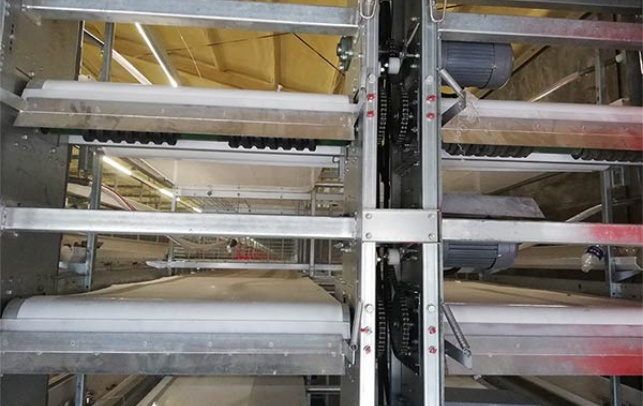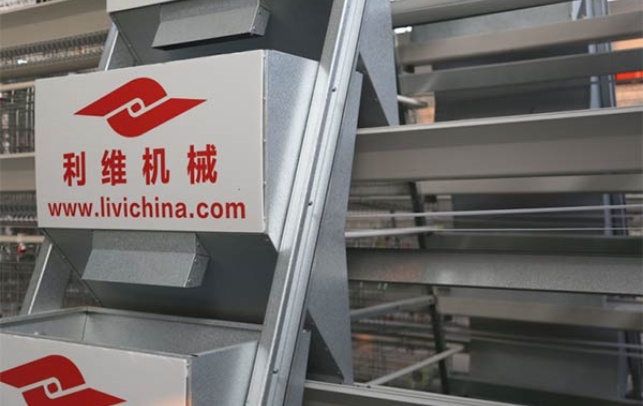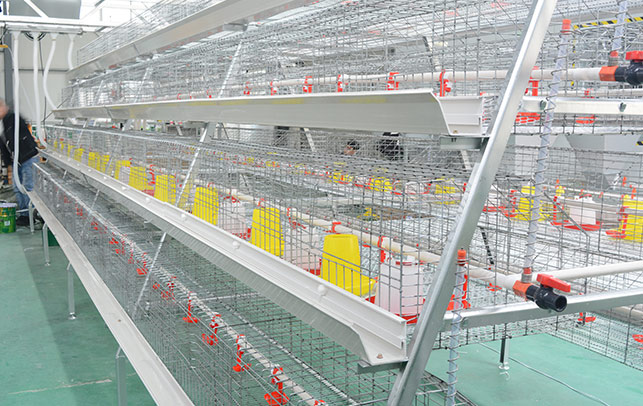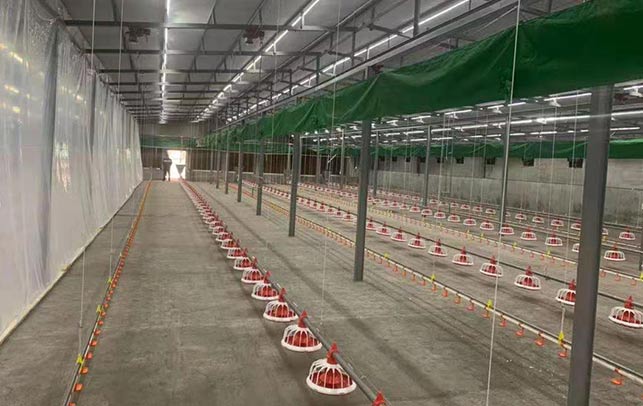How Much Money to Start a Chicken Farm: A Comprehensive Guide
Time : 2025-06-30
Starting a chicken farm can be an exciting venture into the poultry industry. However, determining the initial investment required is a crucial step in ensuring your farm’s success. In this article, we’ll explore the various factors that contribute to the cost of starting a chicken farm and provide you with a comprehensive guide to help you budget effectively.
1. Understanding Your Chicken Farming Goals
Before diving into the financial aspect, it’s essential to clarify your farming goals. Are you looking to start a small-scale backyard operation or a commercial chicken farm? Your goals will influence the scale and complexity of your investment.
2. The Cost of Chicken Coops and Facilities
The cost of constructing chicken coops and facilities is one of the primary expenses. This includes the cost of materials, labor, and any additional structures like sheds or pens.
- Materials: The choice of materials can vary greatly, from wood to metal, and from traditional construction to pre-fabricated coops. Wood is a popular choice due to its insulation properties, but it can be more expensive than metal.
- Size: The size of your coops will depend on the number of chickens you plan to raise. A general rule of thumb is about 3-4 square feet per chicken.
- Design: A well-designed coop will be more cost-effective in the long run by providing better insulation, reducing heating and cooling costs, and ensuring the health and comfort of your chickens.
3. Chicken Feed and Water Systems
Feeding and watering systems are essential for the health and productivity of your chickens. Here are some considerations:
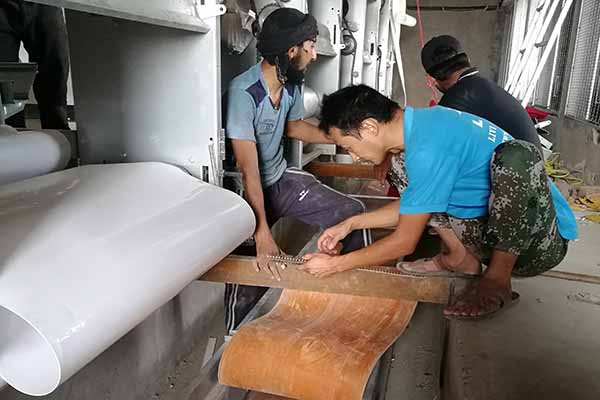
- Feed: The cost of feed can vary based on the type of chickens (broilers, layers, etc.), the quality of the feed, and the number of chickens. Expect to spend anywhere from $1 to $2 per chicken per week on feed.
- Waterers: Automatic waterers can save time and ensure that your chickens always have access to clean water. The initial cost can range from $10 to $50 per waterer, depending on the size and features.
- Feeders: Feeder systems can range from simple gravity feeders to automated feed systems. The cost will depend on the type and size, with prices starting around $10 for a basic model.
4. Chickens and Initial Purchase Costs
The cost of purchasing chickens will depend on the breed, age, and whether you’re buying day-old chicks or adult birds. Here’s a breakdown:

- Chicks: Prices can range from $1 to $5 per chick, depending on the breed and source.
- Broilers: These are the most cost-effective option for meat production and can range from $1.50 to $3 per pound.
- Layers: Layers are more expensive but will provide you with eggs. Prices can range from $3 to $6 per bird.
5. Equipment and Tools
Running a chicken farm requires specific equipment and tools. Here are some essential items:
- Heaters: For chicks and during cold weather, heating systems can range from $20 to $100.
- Ventilation Systems: Proper ventilation is crucial for the health of your chickens. Prices can vary, but a basic system can start at around $50.
- Health and Safety Supplies: This includes medication, disinfectants, and other health-related items. Costs will vary based on the products you choose.
6. Labor and Operating Costs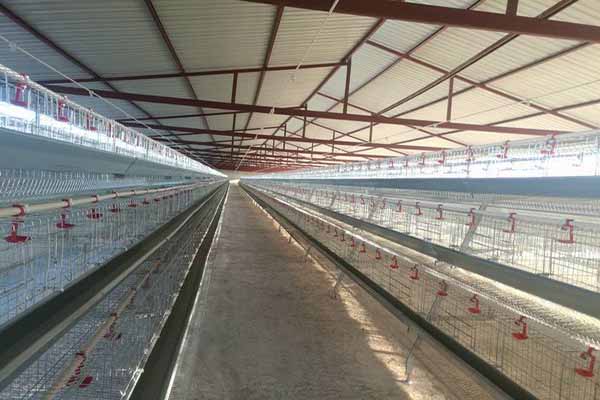
Labor costs can vary depending on whether you plan to do everything yourself or hire help. Consider the following:
- Full-Time Staff: Salaries can range from $10 to $20 per hour, depending on the region and experience.
- Part-Time Help: If you choose to hire part-time help, costs will be lower but will still need to be budgeted for.
7. Insurance and Legal Considerations
Insurance is an important aspect of starting a chicken farm. Here’s what you need to consider:
- Property Insurance: Covers damage to your facilities and equipment. Costs can vary widely based on the coverage and location.
- Livestock Insurance: Protects your chickens from unexpected events like disease outbreaks or natural disasters. Costs will depend on the number of birds and the coverage amount.
- Liability Insurance: Covers you in case of accidents or injuries on your property. Prices can vary based on the level of coverage needed.
8. Additional Expenses
Besides the initial setup costs, there are ongoing expenses to consider:
- Marketing and Advertising: If you plan to sell your products, budget for marketing and advertising costs.
- Utilities: This includes electricity, water, and possibly heating or cooling costs.
- Transportation: If you need to transport feed, equipment, or chickens, this should be factored into your budget.
Conclusion
Starting a chicken farm requires careful planning and a thorough understanding of the costs involved. By considering all the factors mentioned above, you can create a comprehensive budget that will help you get your farm off the ground. Remember, the success of your chicken farm depends not only on the financial investment but also on your dedication to the well-being of your chickens and the sustainability of your operation.
Keep in mind that these figures are approximate and can vary based on your location, the scale of your operation, and other factors. It’s always a good idea to consult with a professional or an experienced chicken farmer to get a more accurate estimate for your specific situation.






